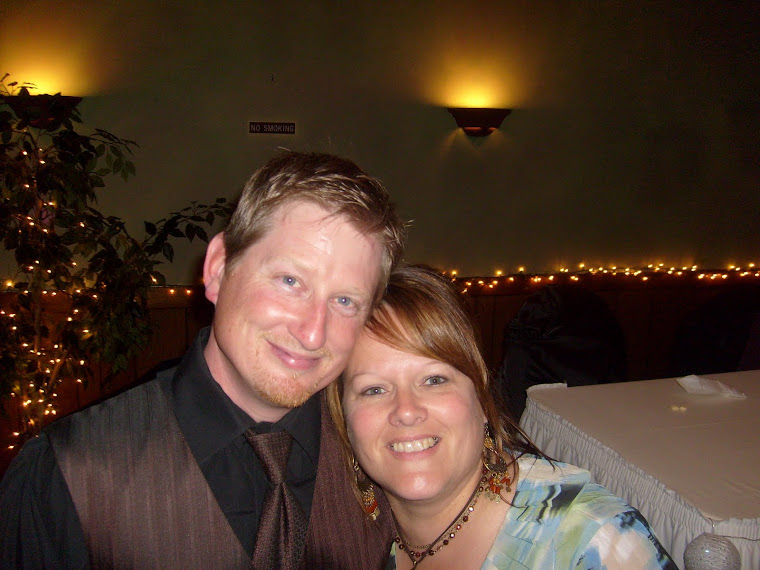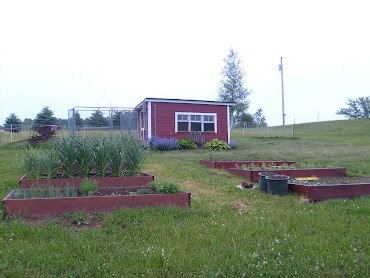I got my first complete sheep rooing under my belt this weekend. Actually, I got 2 of my rams done and although my fingers are still stiff due to the new job they had to do, I am quite pleased with the results. I gathered up my plastic bags, halter and camera and headed to the ram pen. My first
victim candidate was Bug and I flipped over a bucket next to him and got started. The neck went quickly, but then I got to his shoulders and realized that his rooing must have started at the beginning of February, just as I had thought, and the new growth likes to hang onto the old growth, which slowed things down a bit. It took about an hour of unhurried "plucking", but when I got done, I was very pleased with my efforts. I was so happy with how Bug turned out that I decided to grab one of the ram lambs from last year that was losing large amounts of wool and roo him too. That took approximately 15 minutes and he looked to be freshly sheared when I got done with him due to his new growth of wool being fairly recent.
I was able to rid the fleece of VM and skirt out the dung tags as I went, so everything I put in the bag was ready for washing. Another advantage was that I was able to put all the belly and britch wool in another bag to be used for the more durable knitted garments, just as the ladies on the Shetland Islands did years ago.
I guess the entire experience really made me appreciate how much work it takes to simply clothe a family from that era. The rooing was only a small part of that process...there was washing, carding, spinning, weaving or knitting of the wool too. My quiet day of sitting on a bucket to roo 2 sheep made me realize just how much work those poor women had to do just for clothes.... yikes..I'm spoiled.
Here's a link to a picture of the rooing process from the Shetland Archives:
Shetland Museum Archives.
Here's another link:
Rooing shetland sheep, both links clearly show the Islanders rooing Shetland sheep.
Since it's very obvious that rooing is a Shetland trait that was of great value to the Islanders, it's confirmed for me that this trait was and is a very Shetland Sheep-like trait that should be preserved. Now I must ask myself if there is cross breeding going on that has masked this trait in some of our little sheep over the years, or if there's always been a few that never roo? My quest for further education of these little wonders continues, but in the meantime, I'm loving the journey.
 |
| Bug right after I started rooing his neck |
 |
| Closeup of the neck being roo'd |
Bug's staple length before stretching this year was 3" and after stretching it was a shade over 4", he has very tiny organized crimp. His wool that we sheared last year was spectacular when spun up, can't wait to see how much different it will be to spin now that it doesn't have the blunt ends from shearing. And I had virtually NO VM in this fleece.
 |
| Bug just after I finished rooing him. Notice how long his new growth of wool is in March! |
 |
A fawn Kat ram, Barron. Notice how clean he looks....due to the fact that he has just begun to go through the "rise". His fleece practically fell off his body.
He is super crimpy and had a staple length of 4", can't wait to get this wool carded and spun up.
|
I know I've said this before, but it bears repeating.......I need to quit my day job. :)
























.jpg)


